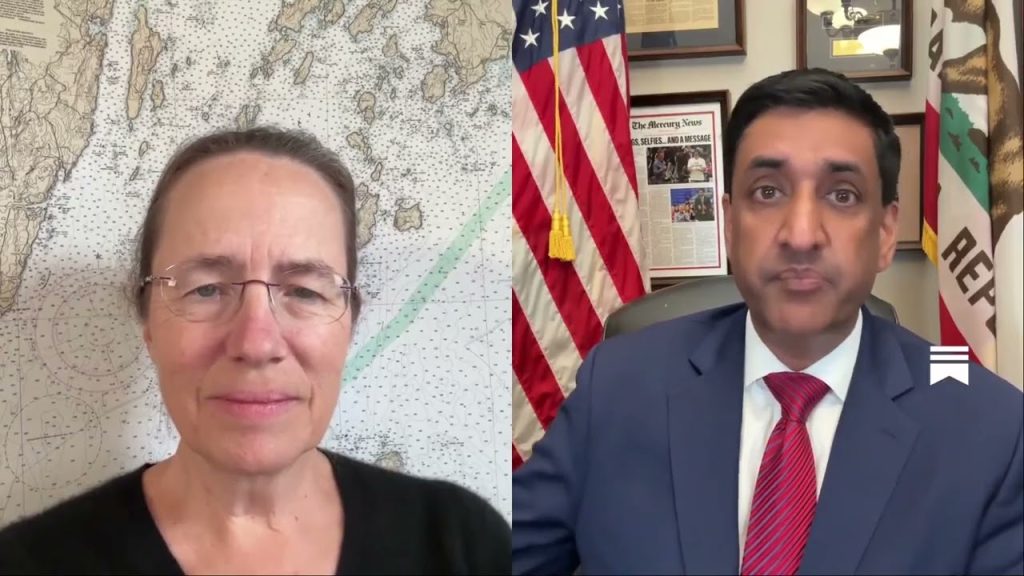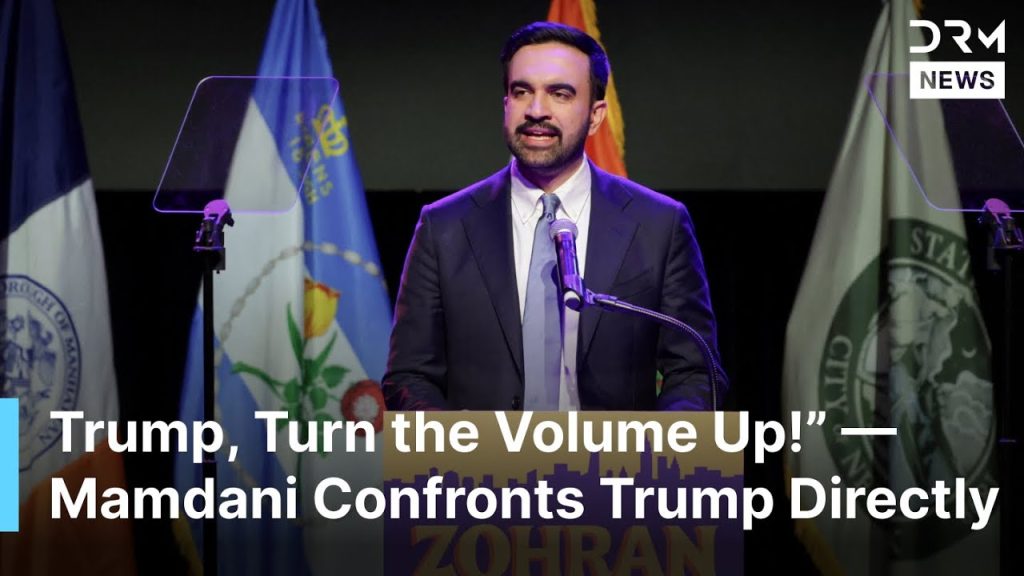In a decisive move to accelerate the United States’ edge in unmanned warfare, Defense Secretary Pete Hegseth has issued sweeping new orders to fast-track drone production and deployment. This aggressive push, endorsed at the highest levels of the administration, aims to rapidly expand the Pentagon’s drone capabilities to counter strategic threats posed by Russia and China.
Hegseth’s announcement comes amid increasing concerns within the U.S. defense establishment regarding the growing sophistication and volume of drone technologies being deployed by rival powers. Russia and China have made significant advances in unmanned aerial vehicles (UAVs) for surveillance, targeting, and combat missions, prompting calls for the U.S. to regain technological dominance.
The Pentagon has been instructed to “rip up red tape” and eliminate bureaucratic hurdles that have traditionally slowed the development and fielding of drone systems. This means streamlining procurement processes, cutting lengthy testing cycles, and mobilizing industrial partners to ramp up production immediately.
The directive emphasizes not only increasing the quantity of drones but also advancing with cutting-edge technologies such as autonomous targeting systems, electronic warfare capabilities, and enhanced stealth features. These advancements are critical to maintaining operational superiority in contested environments where unmanned platforms play an increasingly central role.
Reports indicate this initiative is being orchestrated under direct guidance from the Oval Office, underscoring a strategic priority within the current administration’s national security agenda. The White House has reportedly been clear that the United States must move decisively to close any emerging gaps in drone warfare capabilities, viewing it as essential to preserving global military leadership.
Defense officials have highlighted that accelerating drone deployment will bolster U.S. forces’ intelligence-gathering, surveillance, and precision strike capabilities across multiple theaters of operation. This boost also aligns with broader modernization efforts to integrate unmanned systems seamlessly alongside manned platforms in a networked combat environment.
Experts recognize that while the U.S. military has long prioritized drone technology, production and procurement bottlenecks have hindered scaling to meet evolving threats at the pace required. Hegseth’s orders are designed to address these challenges by investing in rapid manufacturing innovations and strengthening cooperation with defense contractors.
Moreover, this drone surge is seen as a critical component of deterrence strategy, signaling to adversaries that the United States is prepared to enhance its technological posture decisively and swiftly in response to global security challenges. Analysts suggest that dominance in unmanned warfare could reshape power dynamics by enabling faster, more precise, and less risky military responses.
As the geopolitical rivalry with Russia and China intensifies, the Pentagon’s new drone initiative demonstrates a clear intent to retain American superiority in next-generation military technology. With the expectation of immediate implementation, this program may soon redefine how the U.S. projects power and protects its interests worldwide.
Defense Secretary Pete Hegseth’s bold push reflects a pivotal moment in military innovation, highlighting the critical importance of speed, technology, and operational flexibility in modern defense strategy.



